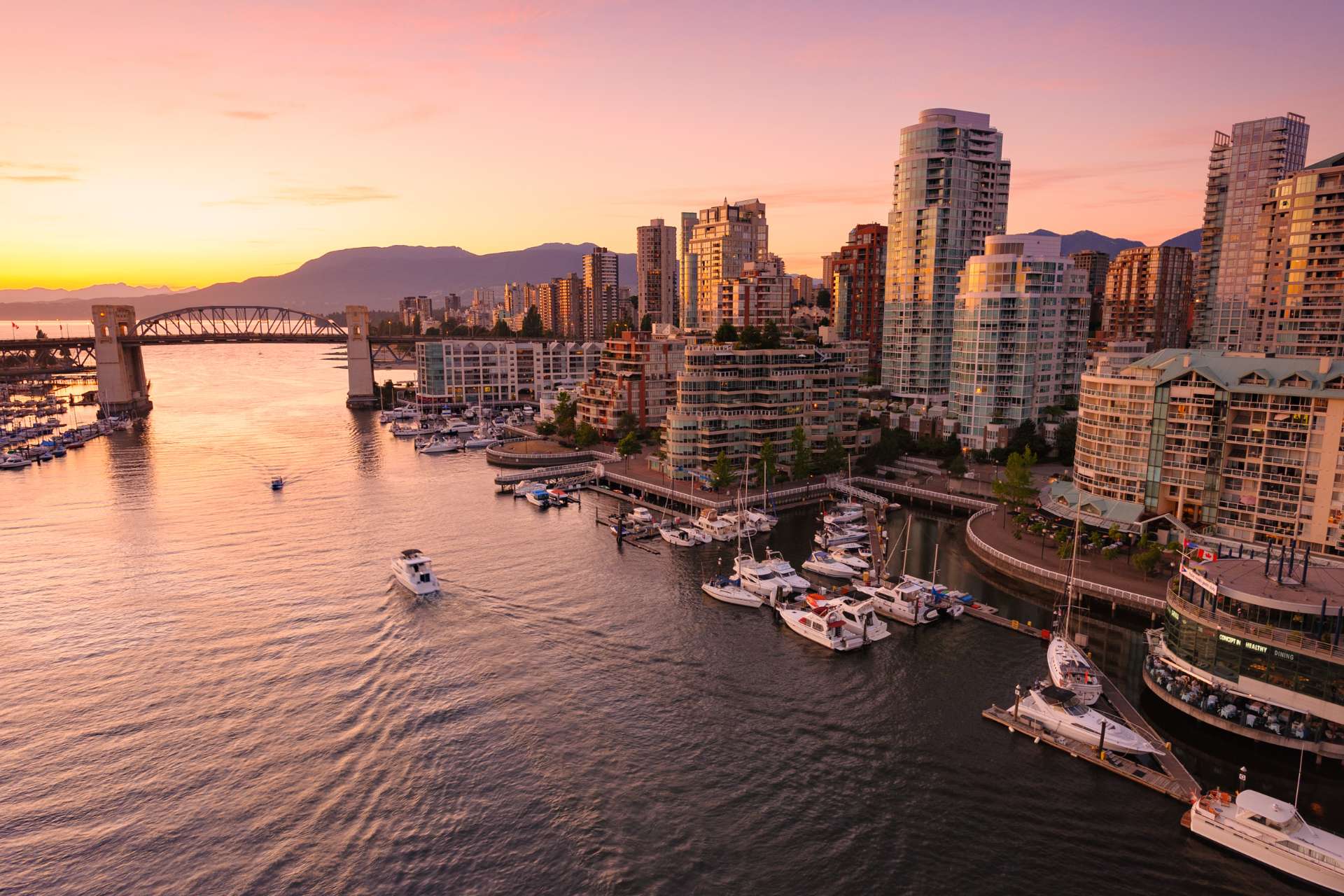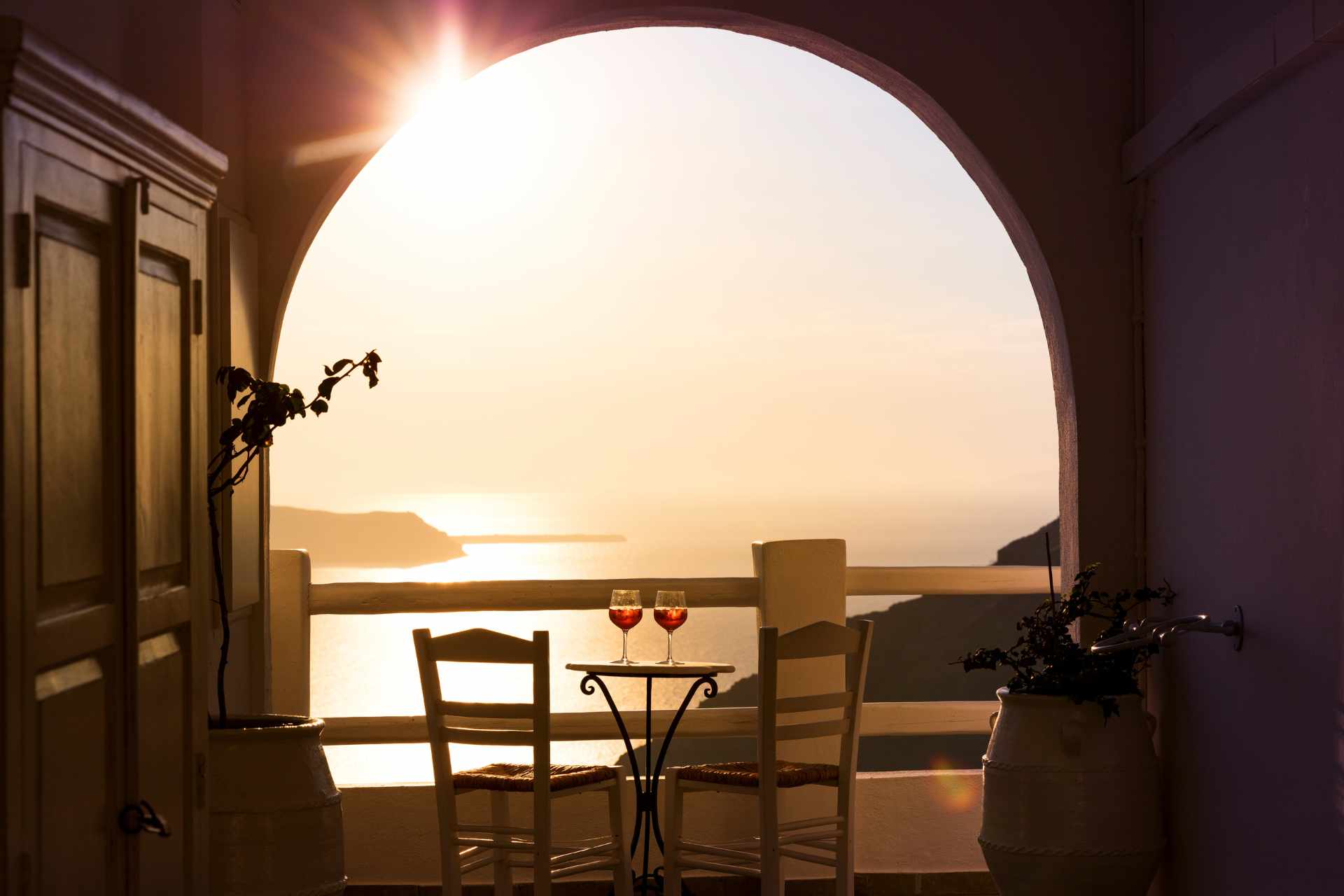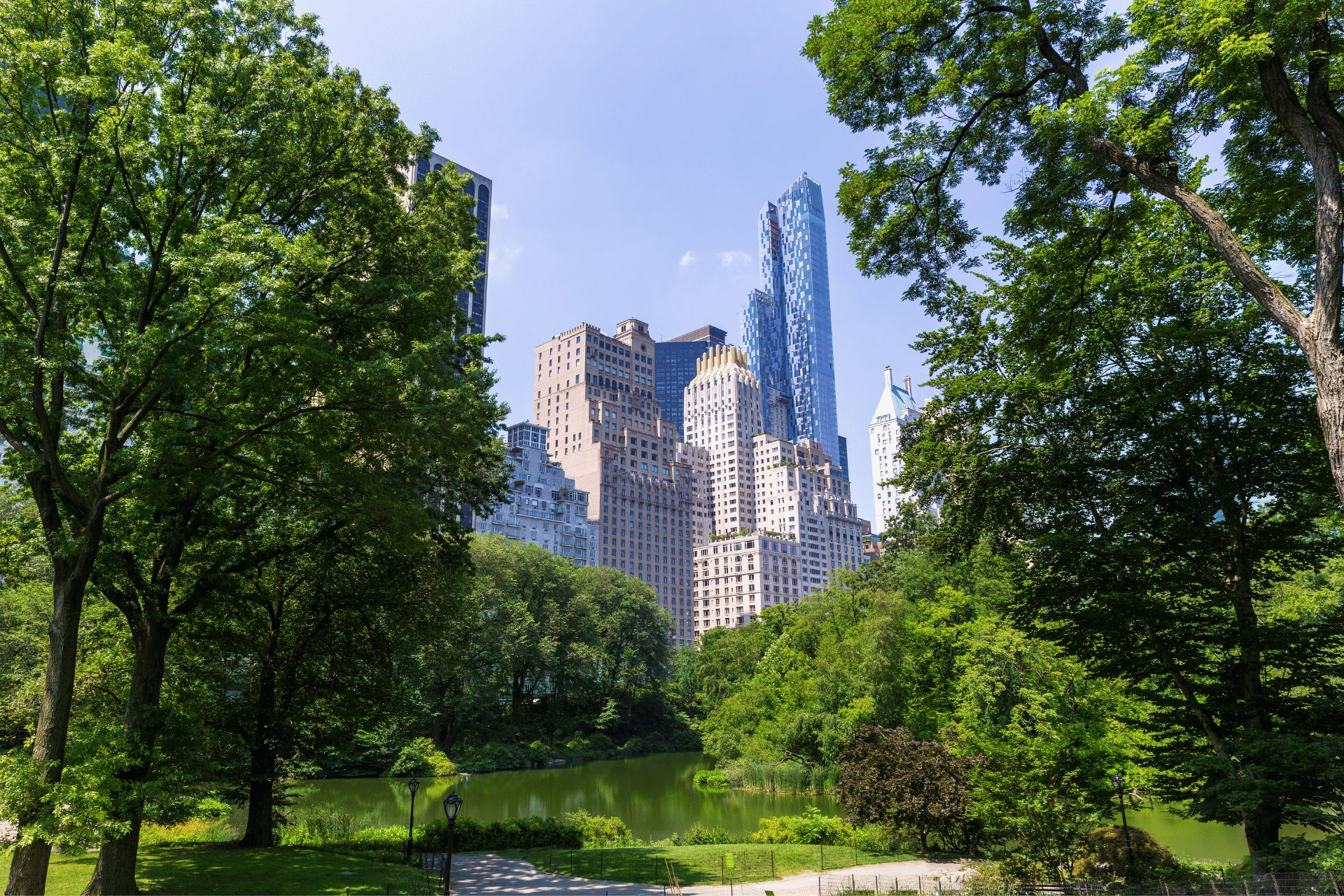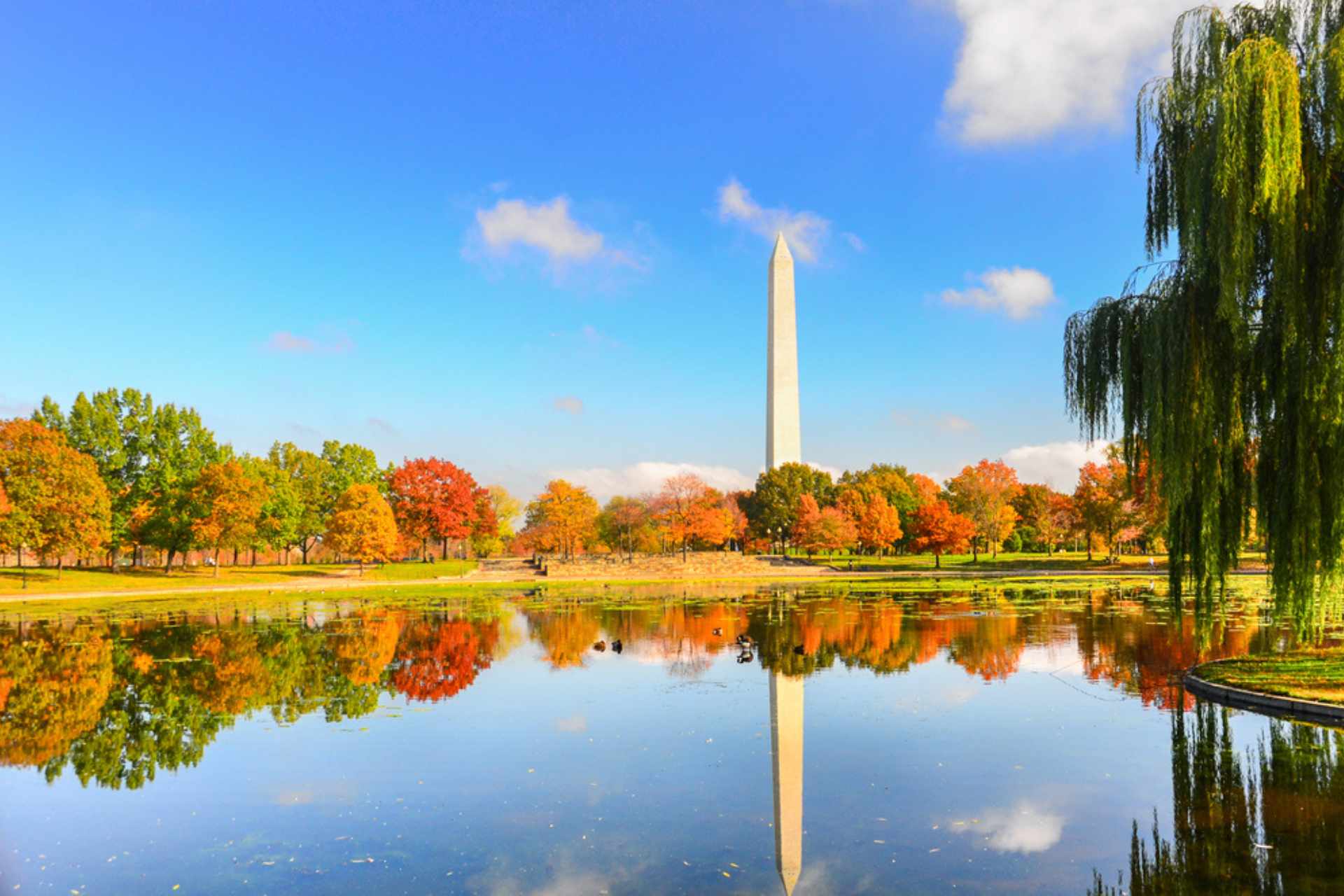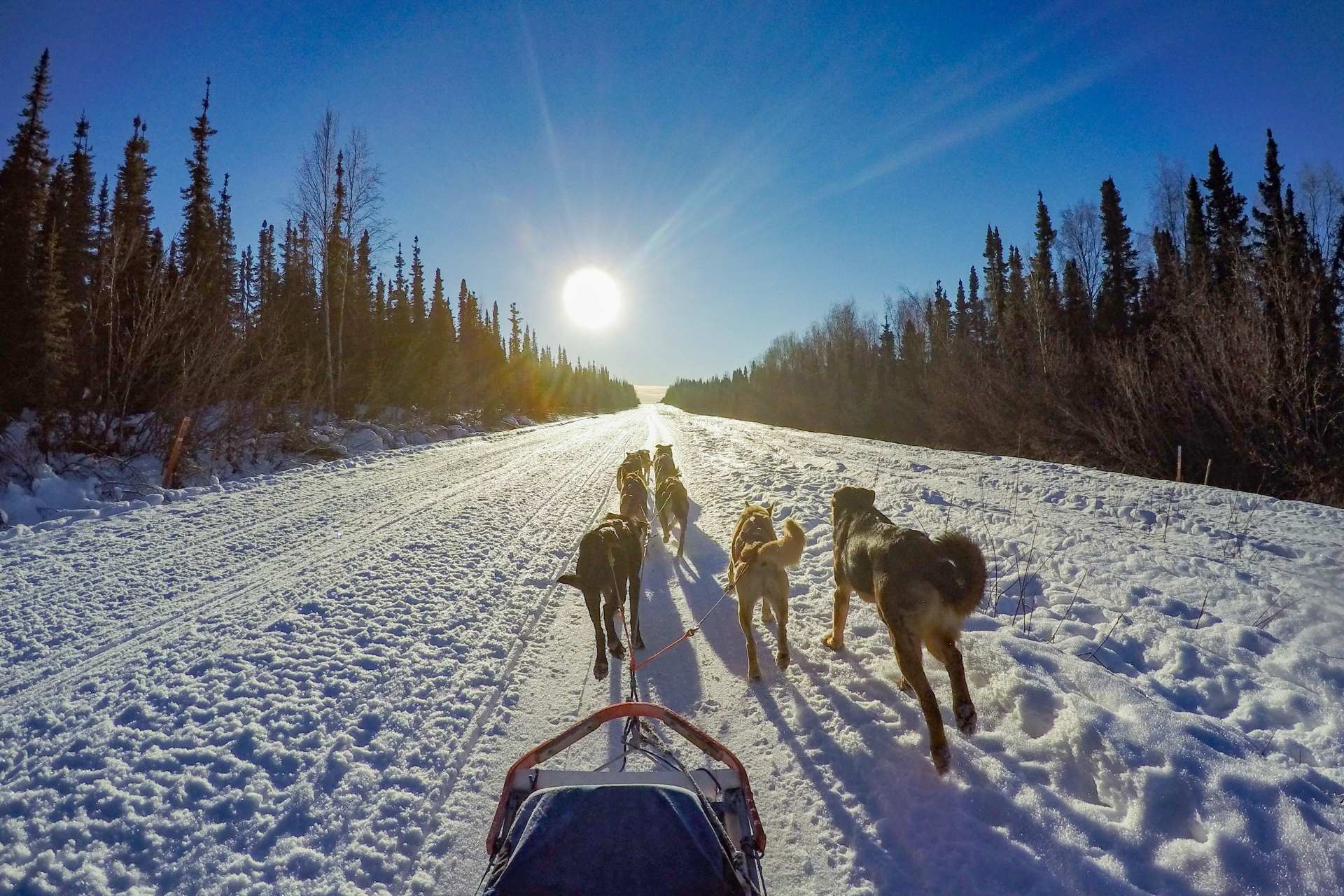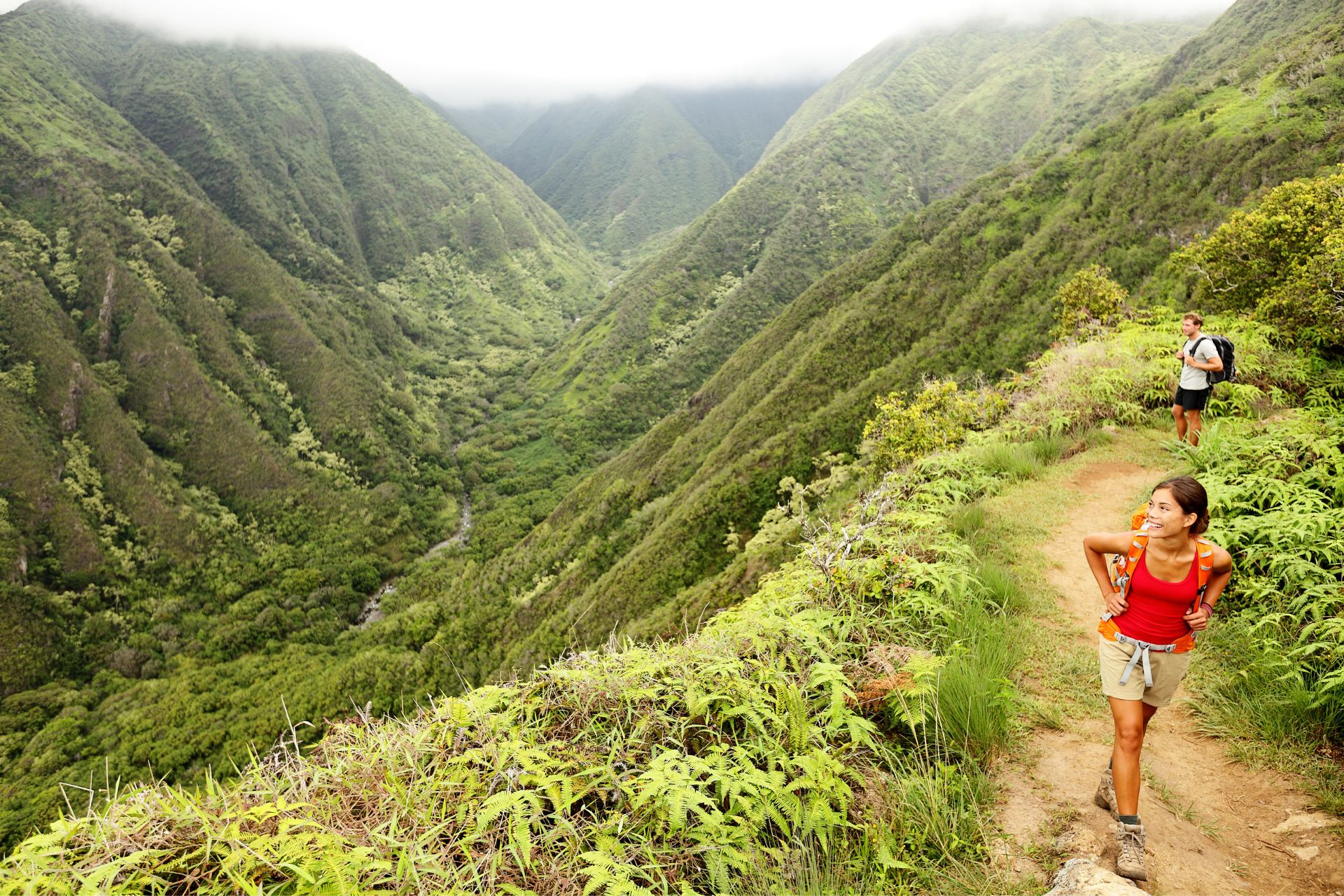Discovering Accessible Waterfalls in New Zealand
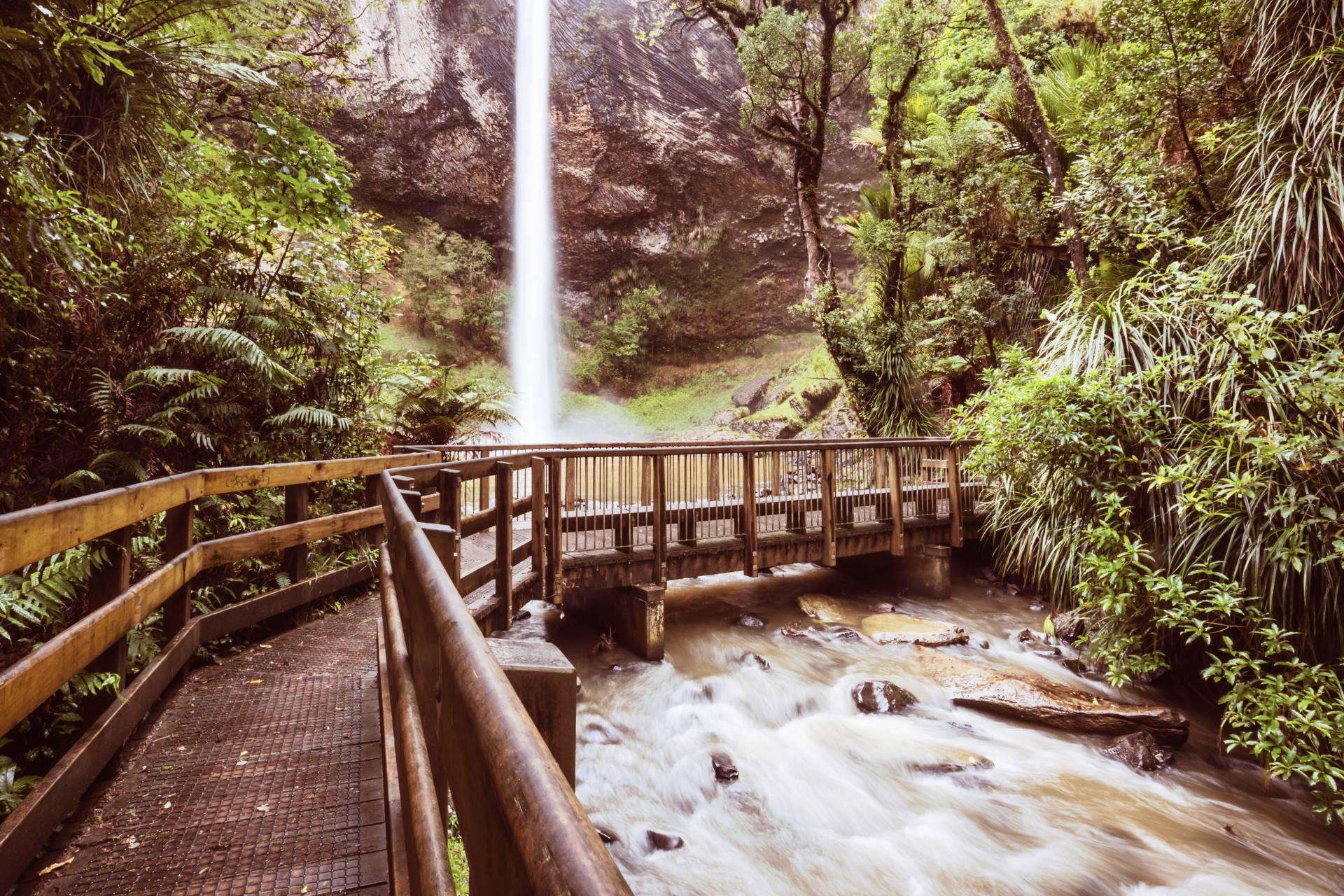
New Zealand, a country known for its stunning landscapes and diverse ecosystems, is home to some of the most mesmerising waterfalls in the world. But did you know that many of these waterfalls are accessible to everyone, including those with mobility challenges?
In this blog post, we’ll explore some of the top accessible waterfalls in New Zealand.
Taranaki Falls
Our first stop is Taranaki Falls, located in the Tongariro National Park. The waterfall is an amazing 2-hour return walk through the beech forest. The path is well-maintained and relatively flat, making it accessible for most visitors.
Owharoa Falls
Next, we visit Owharoa Falls, a couple of kilometres’ drive away from popular Karangahake Gorge. While there are some steps to the falls, they are manageable for those with mobility aids.
Whangarei Falls
Our journey continues to Whangarei Falls, situated to the North of Whangarei city. This spectacular 26m high waterfall is surrounded by park, native New Zealand bush and walkways. It’s a great stop on a drive from Auckland to Northland and is easily accessible with well-maintained paths.
Huka Falls
Lastly, we visit Huka Falls, one of the most accessible and popular waterfalls in New Zealand. The mighty Waikato River gushes through an opening in the rocks, creating an impressive spectacle. There are a few viewing points a short walk from the parking lot, a short drive north of Taupo town.
Kitekite Falls
Located in the Piha region, Kitekite Falls offers an easy walking track through native forest. This tiered waterfall is a hidden gem that should not be missed, especially given its easy access.
Marokopa Falls
Situated near Waitomo, Marokopa Falls stands out as one of the most picturesque waterfalls. The viewing platform is easily reachable, allowing visitors to appreciate the sheer beauty of this 35m cascade.
Planning Your Trip
When preparing for your waterfall adventure, always consider the season. The spring months offer the most vibrant and voluminous views due to the snow melt from the mountain tops. Also, always ensure to wear appropriate footwear for grip and protection.
Local tourist centers often provide maps and information about the accessibility of nearby attractions, ensuring that everyone can have a pleasant experience regardless of mobility.
In conclusion, New Zealand is not just a country known for its breathtaking landscapes; it’s also a place that values inclusivity and accessibility. Its wide range of accessible waterfalls ensures that everyone, regardless of physical ability, can soak in the beauty of nature. So why wait? Embark on your accessible outdoor adventure in New Zealand today!

